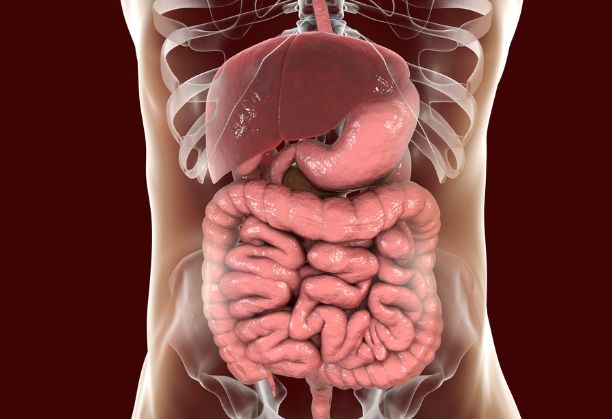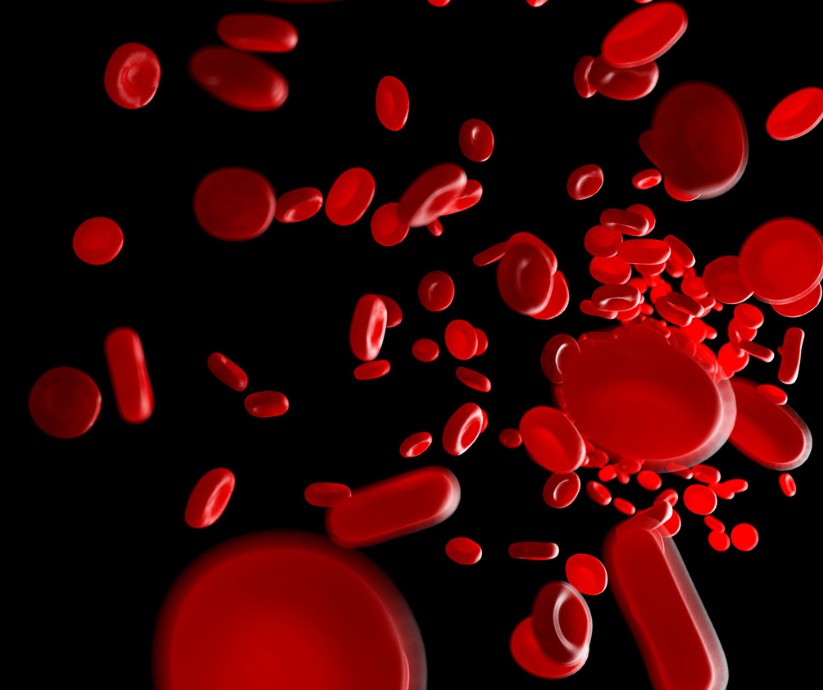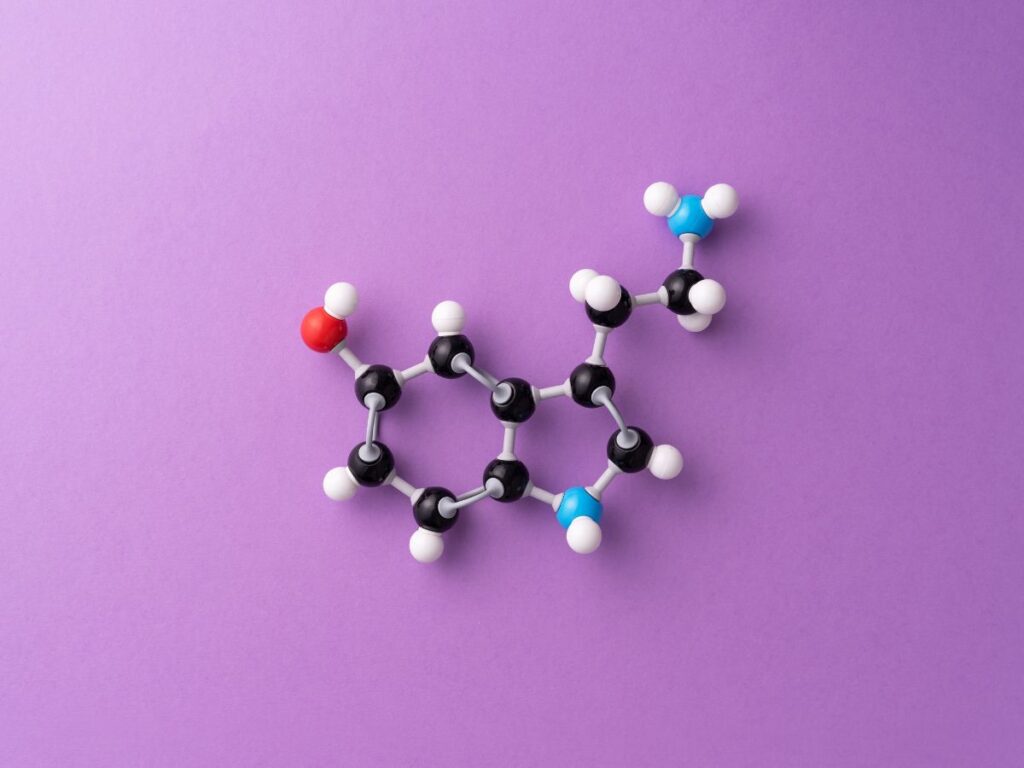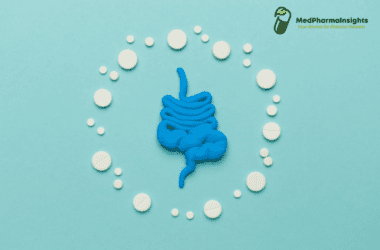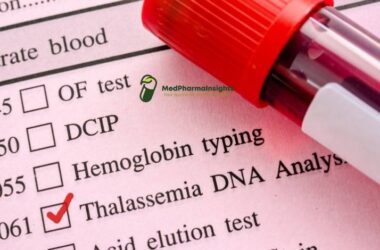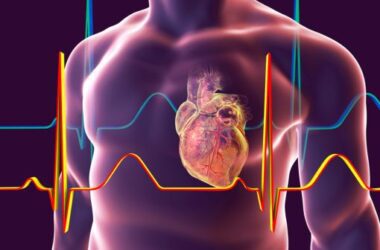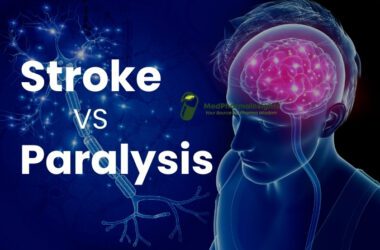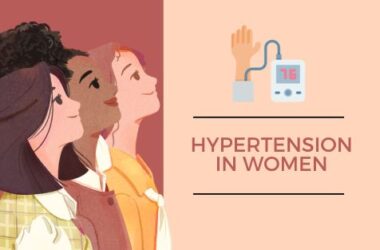Angina, often described as chest pain or discomfort, is a symptom of an underlying heart condition. Understanding the pathophysiology of angina is crucial for recognizing the heart’s distress signals and managing this condition effectively. In this blog, we will delve into the pathophysiology of angina, shedding light on the processes that lead to this alarming symptom.
The Heart’s Demands
To grasp the pathophysiology of angina, it’s essential to understand the heart’s normal functioning. The heart is a muscular organ that pumps blood to deliver oxygen and nutrients to the body’s tissues. It, too, requires a continuous supply of oxygen-rich blood to meet its high energy demands.
Coronary Arteries: The Supply Lines
The heart’s oxygen and nutrient supply is facilitated by a network of coronary arteries. These arteries branch off from the aorta, the body’s main artery, and encircle the heart. They are responsible for delivering blood to the heart muscle, ensuring it has the necessary oxygen and nutrients to function effectively.
The Path to Angina
Angina arises when there is an imbalance between the heart’s oxygen demand and the supply of oxygen-rich blood to the heart muscle. Several processes can lead to this imbalance:
- Coronary Artery Disease (CAD): The primary cause of angina is coronary artery disease, a condition where the coronary arteries become narrowed or blocked by the buildup of fatty deposits called plaques. This restricts blood flow to the heart muscle.
- Increased Oxygen Demand: The heart’s oxygen demand can increase during periods of physical activity, emotional stress, or illness. When the heart’s oxygen requirements surge and the coronary arteries are already narrowed, it can lead to angina.
- Ischemia and Angina: The narrowing of coronary arteries due to CAD results in a reduction in blood flow to the heart muscle. This reduced blood flow can lead to a condition called myocardial ischemia, which is the underlying cause of angina. Here’s how it unfolds:
- Plaque Rupture: Plaques in the coronary arteries can rupture, triggering the formation of blood clots. These clots can further block the already narrowed arteries.
- Reduced Blood Supply: As the arteries narrow, the heart muscle receives less oxygen and nutrients, impairing its ability to function optimally.
- Chest Pain: Myocardial ischemia often manifests as chest pain or discomfort. This pain is the heart’s way of signalling that it is not receiving adequate oxygen.
Types of Angina
Angina is categorized into several types, including stable angina, unstable angina, and variant (Prinzmetal ) angina. Each type is characterized by different triggers and characteristics, but all share the common underlying pathophysiology of reduced blood flow to the heart muscle.
1. Stable Angina
Description: Stable angina, also known as exertional angina, is the most common type. It occurs predictably and is often associated with physical activity, emotional stress, or other factors that increase the heart’s workload.
Symptoms:
- Chest pain or discomfort, typically described as pressure, squeezing, or a heavy sensation.
- Pain may radiate to the arms, neck, jaw, shoulder, or back.
- Pain is relieved by rest or the use of medications like nitroglycerin.
- Episodes usually last a short time, typically a few minutes.
2. Unstable Angina
Description: Unstable angina is more concerning and less predictable than stable angina. It often occurs at rest or with minimal exertion, and the pain is usually more severe and prolonged. Unstable angina is considered a medical emergency.
Symptoms:
- chest pain or discomfort, often more severe and lasting longer than stable angina.
- Pain may occur at rest or with minimal activity.
- Episodes may be unpredictable and can increase in frequency.
- Nitroglycerin or rest may not fully relieve the pain.
3. Variant (Prinzmetal) Angina
Description: Variant angina, also known as Prinzmetal angina, is rare and typically occurs at rest. It is caused by a spasm of the coronary arteries, which temporarily reduces blood flow to the heart muscle.
Symptoms:
- Chest pain or discomfort that occurs at rest, often during the night or early morning.
- Pain is typically severe and may be relieved by medications that relax the coronary arteries.
- ECG changes can occur during an episode.
4- Mixed Angina
Description: Mixed angina is a combination of stable and unstable angina symptoms. It may involve episodes of predictable chest pain (stable angina) and more unpredictable, severe pain (unstable angina).
Symptoms:
- Varied symptoms that can include both stable and unstable angina features.
- The presentation may differ from episode to episode.


